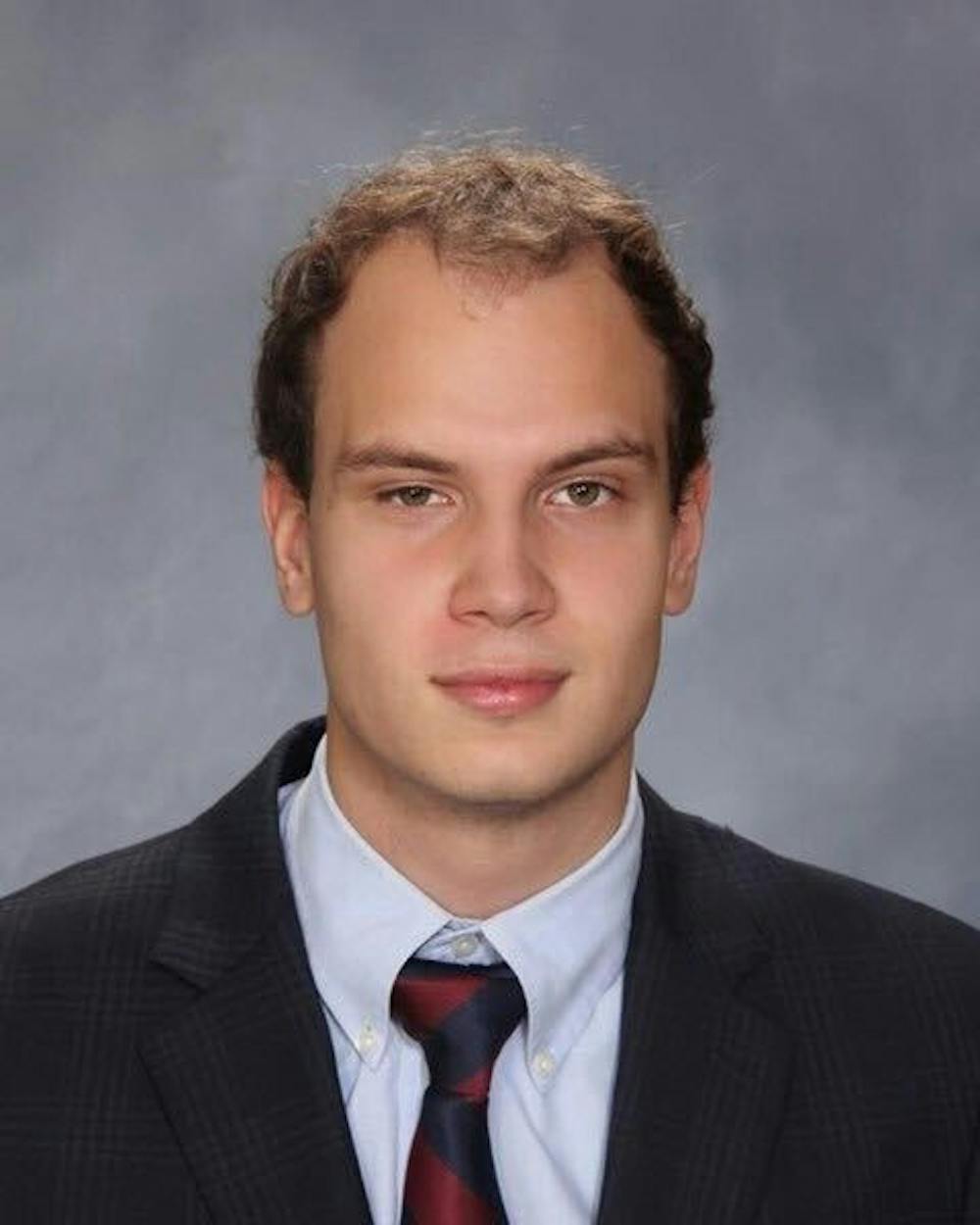From the Newsstands: This story appeared in The Eagle's November 2022 print edition. You can find the digital version here.
My friend and I glided through the greenery, pedaling our aging bikes over the pavement. Under a conflicting canopy of tall oak trees and abandoned steel mills, we explored a world that was entirely alien yet mere feet from the bustling, concrete web of streets. This was the Major Taylor Trail, a short, novice-level bike trail in Chicago’s Southwest side named for trailblazing cyclist and civil rights activist Marshall “Major” Taylor.
While not difficult or long, this trail is exceptional for what it represents: the powerful notion of creating natural green space in underfunded urban areas. Green space can be defined in many ways, but the broadest definition provided by the EPA is “open space ... on underdeveloped land ... open to the public, partly or completely covered by [greenery].” Under this definition, everything from public parks and public sports fields to bike trails and forest preserves is green space.
While this vast array of public spaces constitutes millions of acres in cities across the country, urban green spaces are neither created nor distributed equally.
Similar to other urban planning inequalities, such as housing and schooling inequity, access to high-quality and well-maintained green spaces are unequally distributed along race and class-based lines. Although this is a trend evident across the nation, my hometown of Chicago and American University’s hometown of D.C. are two great examples of this. Despite these cities being vastly different in size and demographics, they share a key commonality: urban planning that disproportionately places its greenery and natural areas away from low-income neighborhoods and communities of color.
In Chicago, wealthier, whiter and already greener neighborhoods receive hundreds of thousands more new trees than their counterparts, as reported by the Chicago Tribune in 2022. The same trend is true in D.C., where lack of access to green space in Wards 7 and 8, two low-income majority-Black areas, has forced nongovernmental community organizations to step up. Government inaction for the existing inequalities of urban green space puts citizens directly into harm's way by poor urban planning policy.
Neighborhoods in both cities experiencing economic hardship, especially those with higher percentages of people of color, lack proper access to green spaces.
An official 2020 air quality report from the City of Chicago, measured air contaminants in parts per million and then cross-examined them with existing socio-economic data by neighborhood. The poorest neighborhoods, many of them made up primarily of Black and Latine residents, were disproportionately at risk of air quality issues.
Unsurprisingly, the areas where air quality was the lowest correspond directly to the Tribune’s findings on racially disproportionate tree planting between neighborhoods. Similarly, D.C.’s Black residents, especially those living in green space-insecure Wards 7 and 8 located south of the Anacostia River, had the highest mortality rate from diseases attributable to air pollution.
These health risks constitute violence by the hand of city governments as both Chicago and D.C. continue to fund polluting industrial projects in green space-insecure neighborhoods, such as a massive bus depot project proposed in Ward 5’s Brentwood neighborhood. New greenery and recreational areas tend to instead accompany a gentrifying influx of wealthy, majority-white citizens.
Although this issue may seem far away to many of us at AU, I urge all Eagles to take action. If you’re registered to vote in D.C., vote for your fellow Washingtonians suffering from the dangerous mental, physical and social negatives of inaccessible and low quality green space. Enjoy hiking Rock Creek park, enjoy our beautiful campus and use that love for nature to fight for accessible green spaces both here and wherever you call home. Recent policy shifts in both Chicago and D.C. by Mayors Lori Lightfoot’s and Muriel Bowser’s administrations prove public pressure from stakeholders, including ourselves, can make a difference on this issue if we work for it.
PJ Cunningham is a sophomore in the School of Public Affairs and a columnist for The Eagle.





